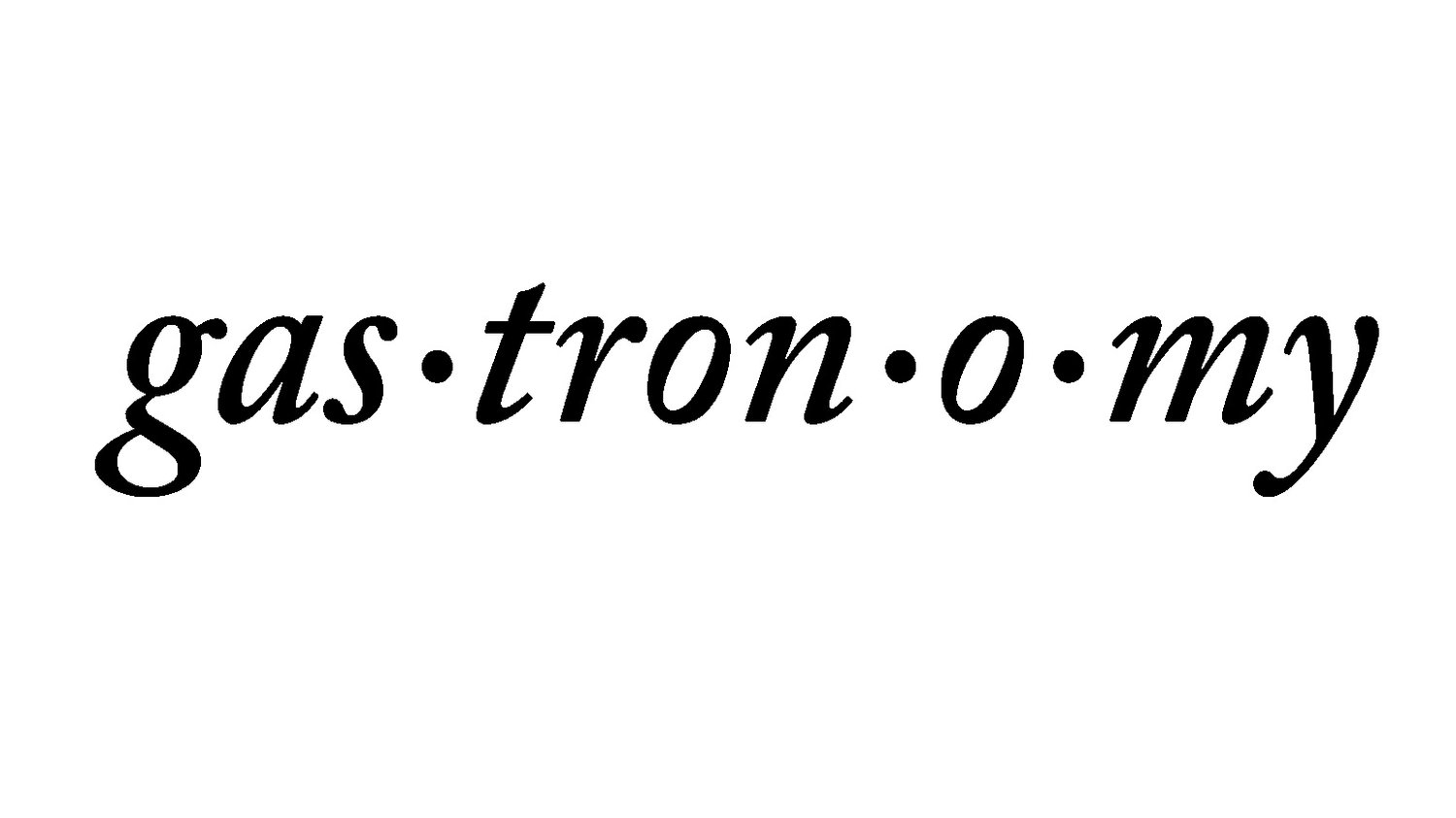Southeast Edibles : A Conversation with Master Chocolatier Moises Davidovitz
South-Florida-based chocolate company, Southeast Edibles is breaking fresh ground in food and wellness with the production of functionals and CBD infused chocolate bites.
Written by Noemy Esther
“Chocolate is like music… it’s a symphony. You can add any flavor or amount of cacao you want, any shape… the possibilities are endless”
These are the optimistic words of Master Chocolatier Moises Davidovits from Southeast Edibles. Notably, Moises has earned the title of master Chocolatier after gaining over 25 years of experience and achievement while working with cacao - chocolate in its natural, raw form.
Over at the Southeast Edibles chocolate factory located in Davie, you will find Master Chocolatier Moises Davidovits and his team producing various flavors of the company functionals and CBD chocolate bites. Just a few feet from the action, Isaac Rosenheim can be found working on sales and business development for the 2-year-old company. On any given day Isaac’s work may include chocolate production itself or working alongside a content creator to filming or develop creative content. Other days he may be bringing samples to different shops and overall, his responsibilities entail looking for ways to help expand the company’s growth. When asked about the company’s mission, Chef Moises proudly states: “We’re a company that is passionate about chocolates, passionate about health and wellness. And it is all about synergizing and fusing these functional ingredients like CBD, turmeric, ginger, black pepper, and chamomile... you name it. We are using chocolate as a vehicle to transport these ingredients into our systems and our bodies. That’s what we do here, and we take a lot of pride in what we do.
One might ask, “why chocolate?”, considering the reputation that sweets have in America and in being tempestuous. For starters, Southeast Edibles prides itself on its chocolate being Vegan, Kosher, Non-GMO, and Dairy, Soy, Sugar & Gluten Free. “We want our customers to know that there are healthier options out there even for foods like chocolate”, says Moises. He continues, “People are afraid of sugar-free chocolate because of the misconceptions about taste or the usage of stevia or aspartame. You can actually use chicory fiber, agave, dates, and apple sugar.” Not to mention, for Moises the idea of combining his passion for food and wellness with chocolate comes naturally as his relationship with chocolate runs 3 generations deep. The generations-long love affair with chocolate would begin when his family emigrated from Romania and Poland to Israel and soon after, Venezuela. His dad’s side of the family had survived World War II and found Venezuela to be a ‘tropical paradise of endless possibilities”. Around this time, Venezuela was known for its chocolate.
“I have memories of my dad coming back home covered in cacao from head to toe and the rich smell of the cacao filling the house. It was impressive”
Although it is not native to Venezuela, Chocolate was born in the Amazon, but Venezuela was the perfect place for it to thrive. Due to its location, Venezuela had a trade route for exporting back to Europe. In pre-Chavez Venezuela, the family business was booming. Moises, father; aunt worked in the Cacao trade before deciding to open their own factory. By the 1990s, his aunt passed away of cancer, leaving no heir for the cacao business. This led the family to decide if they should help or sell. At the time, Chef Moises was a newly graduated IT engineer, so it was a tough decision at first. At the same time, it was also clear because cacao paid for everything in his life including business school in Venezuela and his Global M.B.A at Tulane University. “I thought to myself ‘how could I not go and help?’. He continued “I saw the beauty of the transition of the business… I said ‘Great let’s make it work. I am proud of our chocolate and proud of our cacao’.
Soon after 1 factory became 3 when Venezuela was thriving. Then 5 years into Chavez’s rule, the family started to see how everything was deteriorating economically. While there was still a heightened local demand, there was not enough supply which resulted in them needing to export cacao from Ecuador. Even today Venezuela now has small amounts of cacao. In fact, the supply of cacao continues to diminish in Venezuela to this day as no one in the private or public sector has fought to increase the funding for cacao. The family never expected such changes in cacao production or the Venezuelan economy, so in 2011 they decided to invest in a factory in the Dominican Republic. Fast forward, the factory was eventually closed down after the COVID-19 shutdown. The fall of this factory is what eventually led to the birth of Southeast Edibles itself. Inspired by their flavors created in the Dominican Republic factory, the company has continued to expand its product flavors. The first flavor created in such factory was the turmeric lemon ginger mix. The flavor came to be after his wife gave him the idea during lockdown.
As for upcoming flavors we can look forward to the tea collection. It will feature the inclusion of green tea, herbal teas, and floral teas within different types of chocolates. Not to be confused with infusion (creating a homogenous mixture), inclusion means the chocolate will have chunks of its added ingredients. For example, their Hazelnut chocolate which will have chunks of the added ingredient rather infused hazelnut flavoring. Infusion is the process that occurs when blending chocolate with CBD. Chef Moises describes the process of infusing CBD into chocolate as pretty straight forward. “Infusing is a physical mix not a chemical mix meaning if you let it stay still in liquid form it’ll separate. First, you control variables like fat, viscosity, additions, functional ingredients. Then, because it’s a physical reaction, its homogenous and when ready you can mold and cool it down.” Other flavors produced at Southeast Edibles using this process include coffee + Macca, cacao +berry mix, and chocolate with lavender + melatonin.
As for what’s in store for the company within the next five years, both Chef Moises and Isaac are hoping to take their sales and marketing to the next level. For Chef Moises this means continuing to create food with a purpose and expanding on his interest in professional studies on other herbal and functional ingredients. As for his right-hand man Isaac, it means getting into more national retailers and solidifying the presence of Southeast Edibles in the South Florida region. At the moment, Southeast Edibles are sold in Costco stores across the mainland U.S. and on the Costco website. Additionally, their products are found at local stores in Florida and New York.
To find retailers near you or order online, visit the Southeast Edibles website, www.seecbd.com



